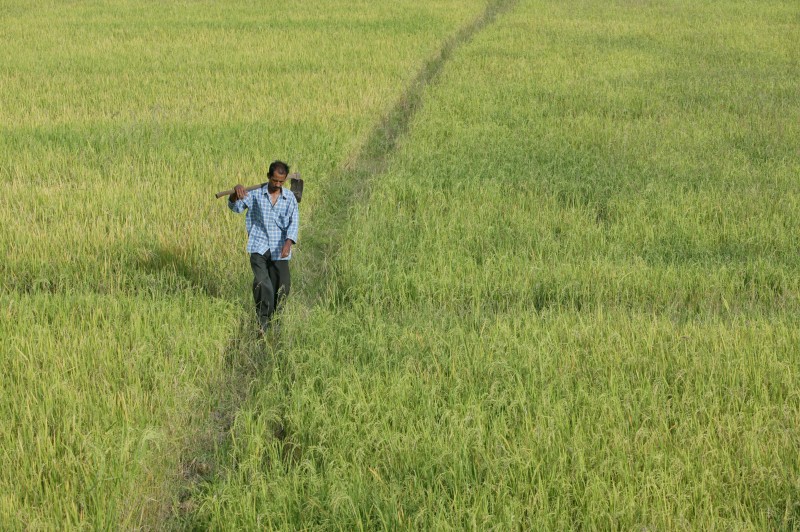Killer Epidemic Strikes 40 Million More

Each day, the epidemic is spreading further across the globe, extending its tendrils into every nation on earth. It strikes women and children first, as well as the poorest among us. Nearly 1 billion people are already affected, and this year alone, an additional 40 million more suffered its symptoms: fatigue, dizziness, extreme weakness, even death.
The thing is, you don’t read much about this epidemic in the headlines these days. No one’s handing out ribbons or marching for a cure. Though it’s treatable, people aren’t doing much to prevent it. In fact, hardly anyone seems to be paying attention.
But then again, this epidemic is not cancer or heart disease. It’s chronic hunger.
This week the UN Food and Agriculture Organization (FAO) released a report on The State of Food Insecurity in the World 2008. And the news isn’t good. High food prices, volatile markets, and climate change have made a nutritious daily diet unattainable for 963 million people, or 14 percent of the world’s population.
Sixty-five percent of the world’s hungry live in just seven countries: India, China, the Democratic Republic of Congo, Bangladesh, Indonesia, Pakistan, and Ethiopia. But few nations, rich or poor, have been spared.
“This sad reality should not be acceptable at the dawn of the 21st century,” said the FAO’s director general, Jacques Diouf. “Not enough has been done to reduce hunger and not enough is being done to prevent more people becoming hungry.”
Fortunately, there might be a cure.
“There are no easy answers. But there are steps we, as Americans, can take that will reduce the burden,” says Gawain Kripke, Oxfam’s director of policy and research.
“First, governments must recognize the problem and allocate funding to deal with it. Our job is to hold governments accountable and make sure they don’t abandon hungry people during this time of crisis.
Second, we need to help poor farmers increase their productivity and income so they can benefit from high prices and produce more food.
Lastly, we need to look at our own actions to make sure they aren’t making things worse. Our consumption of fossil fuels is driving a climate crisis and our refusal to agree to a climate treaty is delaying global action. We need to reform our agriculture policies so they don’t undermine producers in developing countries. And we need to reconsider massive subsidies and mandates for biofuels that convert large volumes of food for fuel.”
Sounds pretty straightforward, right? It’s good to know that despite the grim prognosis, all isn’t lost. We can take steps to end the hunger epidemic.
That is, if anyone’s still paying attention.